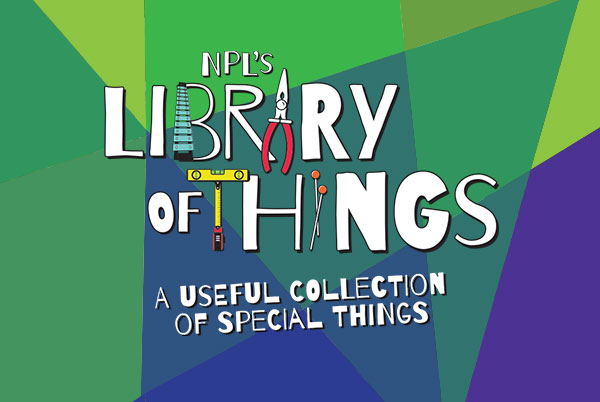
All library locations are closed Friday, July 4 in observance of Independence Day.
Do you supervise employees who are disengaged from their day-to-day duties? Are you finding it difficult to motivate your team? If so, NPL’s Collection is here to help!
In Alive at Work: The Neuroscience of Helping Your People Love What They Do, author Daniel Cable discusses how to build a creative environment for your employees to help them maximize their potential. After years of research and conversations with leaders from various organizations, Cable has found employee disengagement has little to do with a lack of motivation. Rather, it is biological. Cable realized this when he discovered many organizations require employees to “turn off” their natural nature to explore, create, and learn — some neuropsychologists call this part of our brain “the seeking system.” I love that position here at NPL allows me to do the opposite of that. I have created programs, displays, and a few other fun things our patrons and staff have enjoyed.
With the tools Cable gives you in this book, you will be able to encourage employees to share ideas, understand and abide by changes, provide customers with positive experiences they can remember, and turn back on their “seeking system.”
Cable begins his book with some surprising poll numbers. According to Gallup polls in the US and globally, around 80% of workers don’t believe they can be their best at work. What’s more, around 70% are not engaged in their work. If those statistics aren’t alarming enough, close to 90% of employees in the US are not able to contribute their full potential because they do not have a passion for their work.
Think about that for a minute. That means most of the people you work with or supervise are unfulfilled with what they are doing. Part I of this book discusses why things are this way. I am glad Cable started the book with an attempt to understand why things are the way that they are. If you do not understand or have an idea of what the problem is, it is close to impossible to make the correct changes. For example: think about your check engine light on your car. You could change the O2 sensor, replace the spark plugs, etc. However, while these steps are helpful, they could not be the reason the light was on in the first place.
Parts II-IV discuss incremental steps to create the best environment to foster employee growth and creativity. One of my favorites of Cable’s suggestions appears in Part III, Chapter 5, “Encouraging Serious Play.” Cable shares how a company decided to change how they were manufacturing a product using LEGO bricks to demonstrate the point of the new strategy. At first, the employees were confused and found the exercise childish. But as they proceeded, they not only had fun but also came to understand why the forthcoming change was going to be a positive one.
Cable also discusses the importance of safe experimentation spaces and having productive (but not overwhelming) conversations around hands-on training. This can help reduce the potential of employees falling back into old, outdated habits.
Overall, the information provided in this book can make you a better leader and help you uplift your organization. For companies to have continued success, leaders within them must continue to find ways to motivate and lead employees without being overbearing. This book will help you off to a great start in that effort.